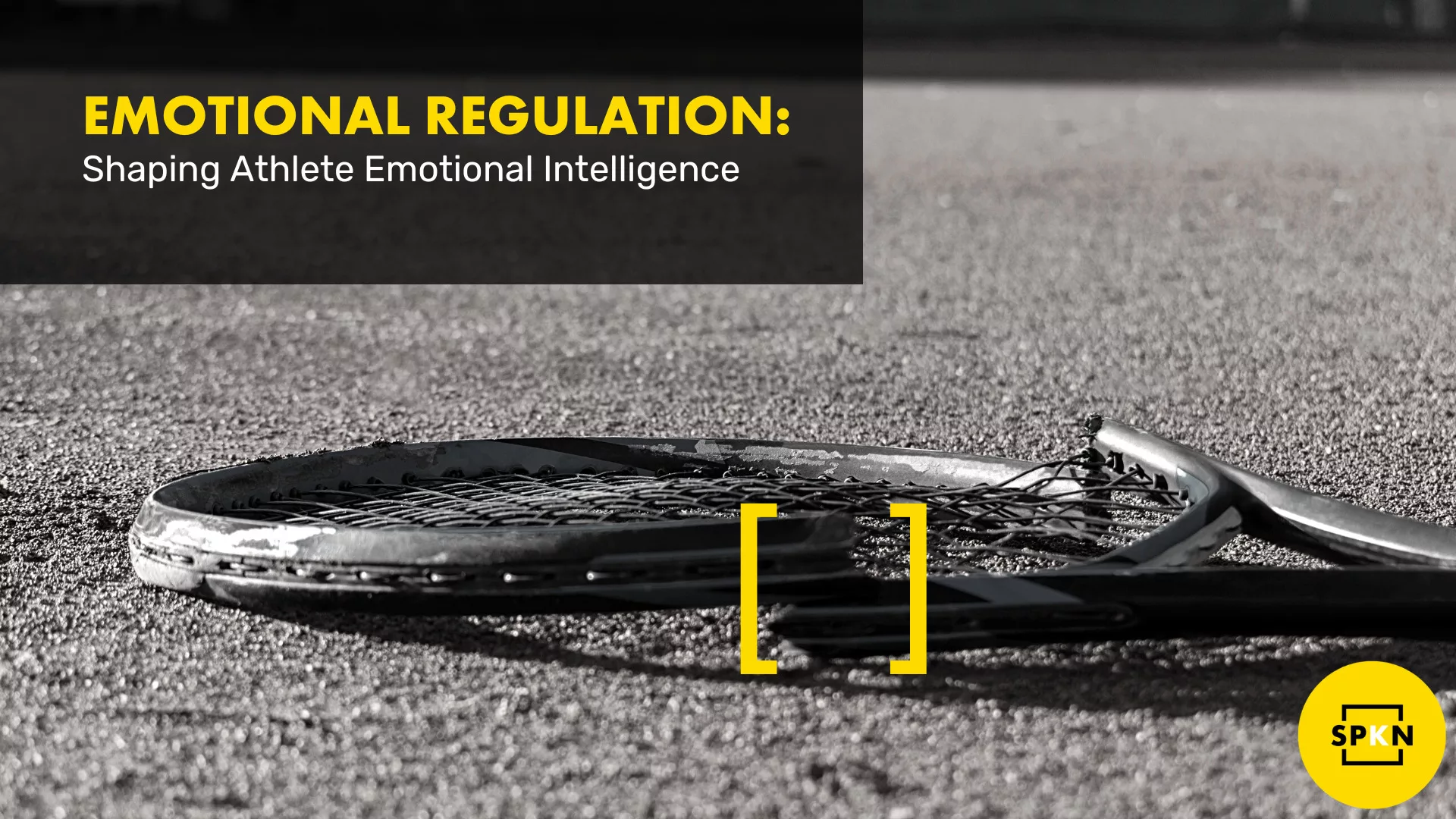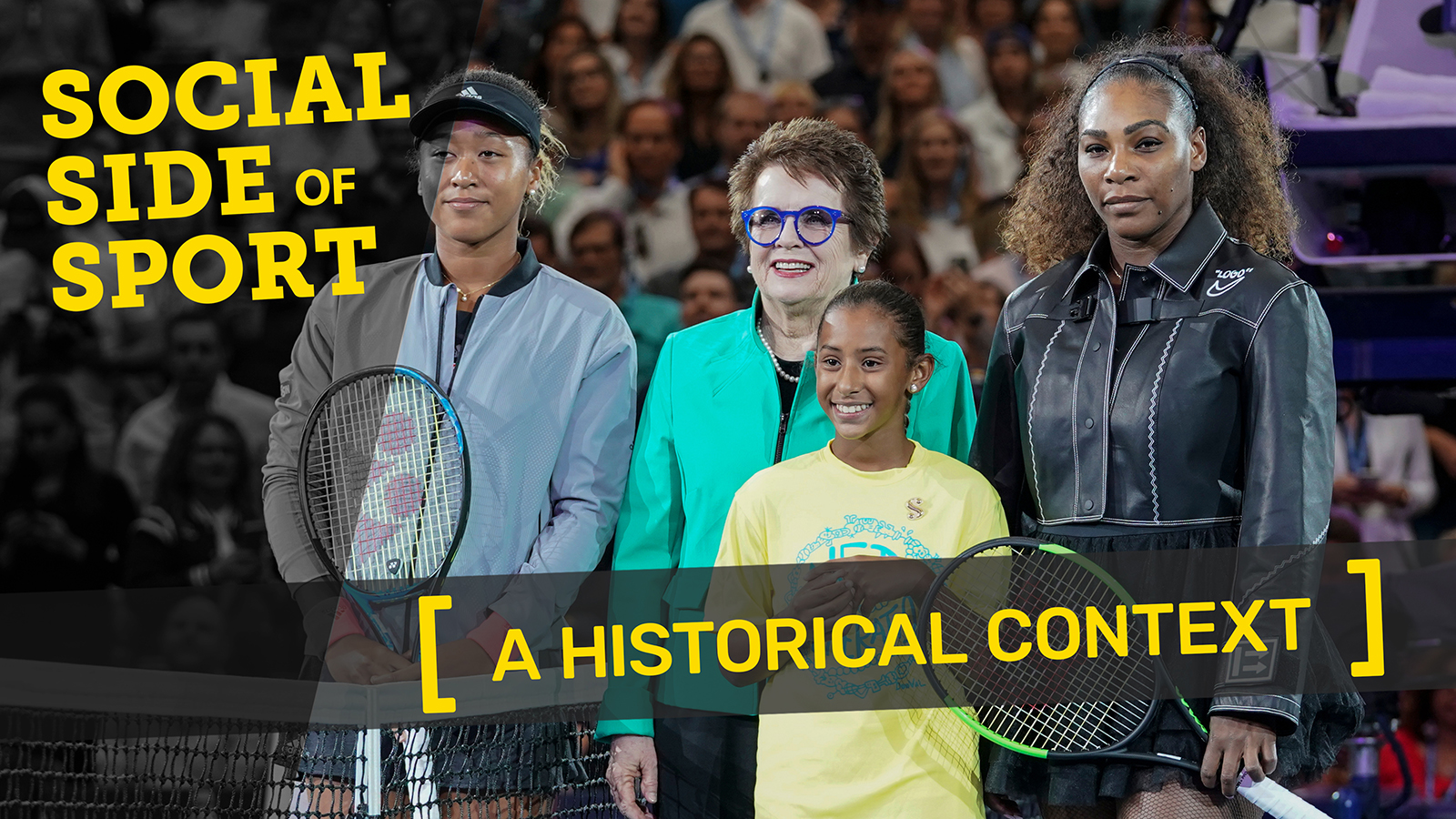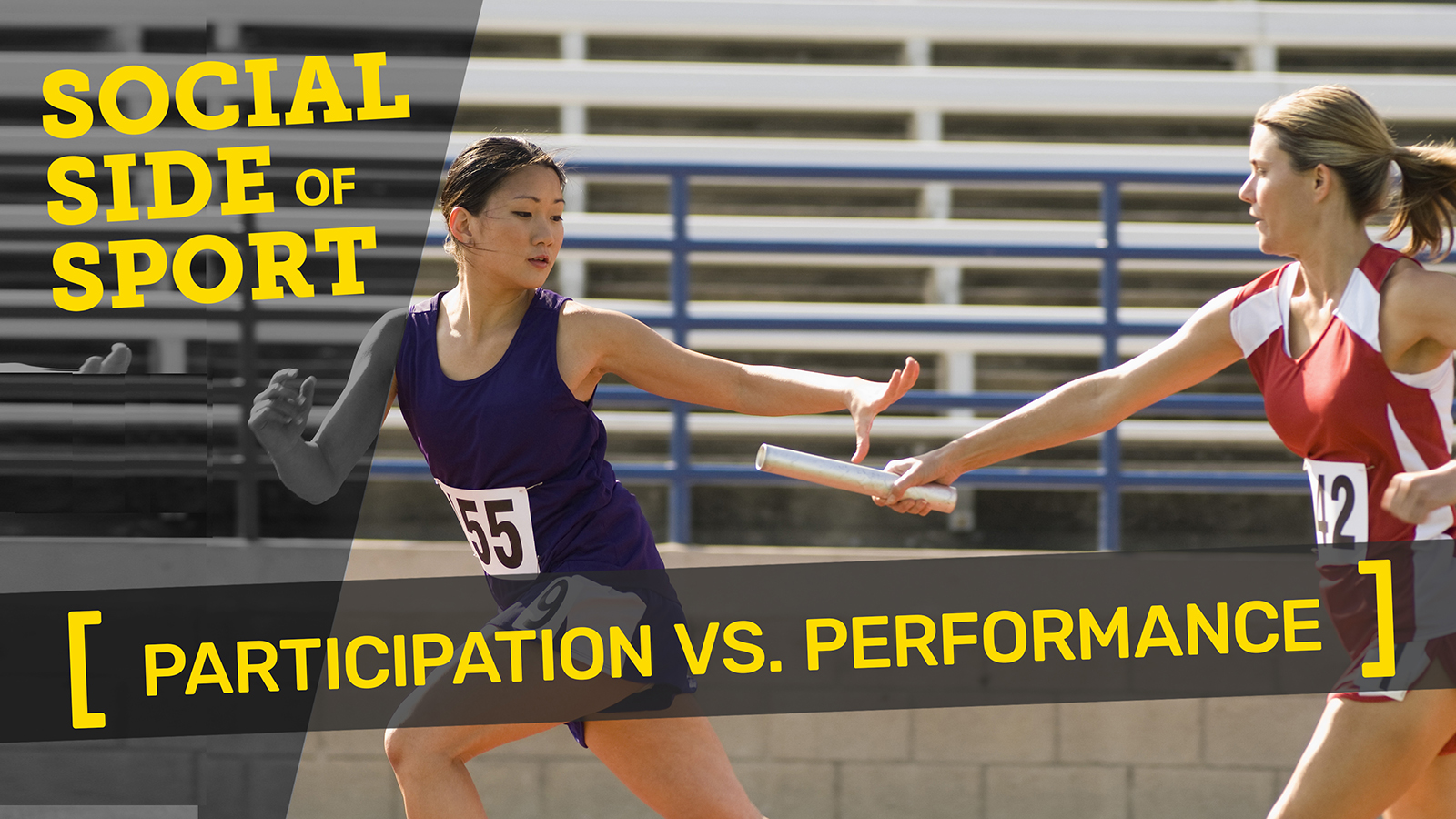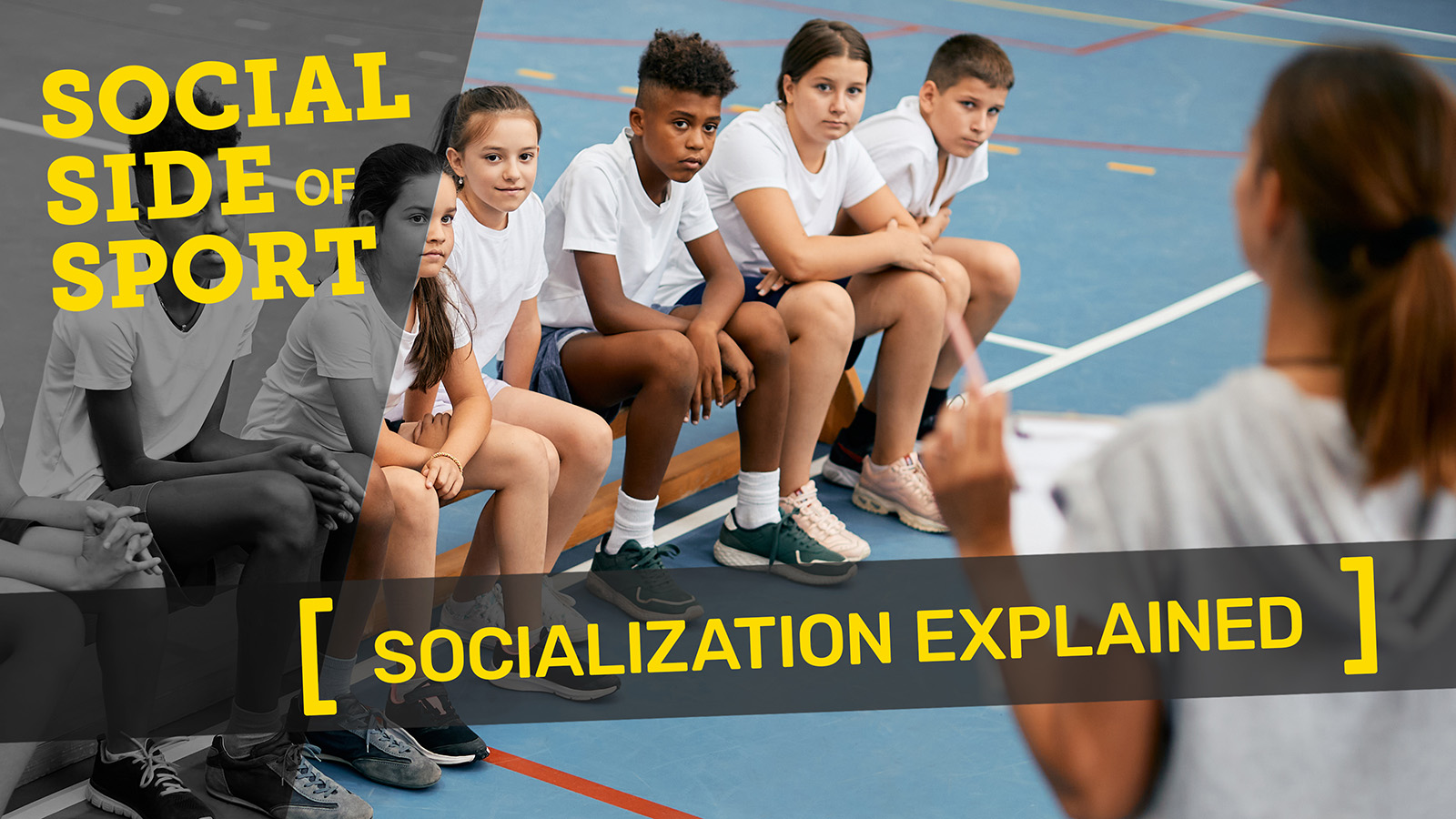In traditional classifications of psychic processes,
emotion, cognition, motivation, and volition are differentiated
and understood to be the fundamental functional
entities and reference systems in psychology.
Emotional processes in the broadest sense comprise
affective processes and feelings. Most often emotional
processes are regarded to be complimentary to cognitive
processes that, especially in English nomenclature,
is used when focusing on mental processes. In a consistent
terminological network, the appropriate combination
is affective and cognitive on the one hand and
emotional and mental on the other hand. Both of the
processes are essential in action regulation (Nitsch &
Hackfort, 2016).
Emotions are clearly contoured phenomena. The
experience of an emotion like, e.g., anxiety or enjoyment
is of a short period of time, based on the definition
of the action situation and reflect the subjective
meaning of the situation for the acting person. This
means that emotions are situation-specific experiences,
closely linked with cognitive (i.e., appraisal), physiological
(i.e., adreno-cortical), and expressive (i.e., especially
facial expression) processes. In regard to the
complexity of the manifold interactions amongst these
components, emotions are characterized as syndromes
and for differential emotions specific patterns are identified.
In consequence, interventional measures can
focus on a component or on the interplay of these
components.
There are several single or differential emotions (e.g.,
anxiety, anger, enjoyment, grief, love, pride, shame)
regarded to be fundamental and to build functional systems
(e.g., Izard, 1977). The most significant function
attributed to emotions is the adaptation function for
survival. Especially relevant in acting in sports (see
Hackfort & Birkner, 2006) are in regard to adjustment,
e.g., in social situations, interindividual, or social signalization
or (nonverbal) communication, orientation,
and activation in action regulation. In terms of action
regulation, also the close link to motivation and especially
to achievement motivation is emphasized (see,
e.g., Ntoumanis & Mallett, 2014) when, e.g., two tendencies
in the approach or avoidance motivation are
differentiated, namely hope of success and fear of failure
(see Heckhausen, 1980).
The term emotion and single, differential emotions like
anxiety (state-anxiety) are descriptive constructs, whereas
a construct like anxiousness (trait-anxiety, see
Spielberger, e.g., 1977) is of explicative status.
Accordingly, emotionality is a disposition (explicative
construct) referring to a certain degree of the tendency to
experience emotions or to generate emotional states.
Descriptive constructs refer to indicators (cognitions like
worries in case of anxiety, physiological reactions like
the galvanic skin response, expressive behavior like the
facial expression) to describe the phenomenon in detail
whereas explicative constructs refer to a conceptual
framework for an explanation of the functional meaning,
e.g., behavioral consequences of a certain manifestation
of, e.g., emotionality or more specific trait-anxiety, in
terms of, e.g., performance in competitive situations.





















